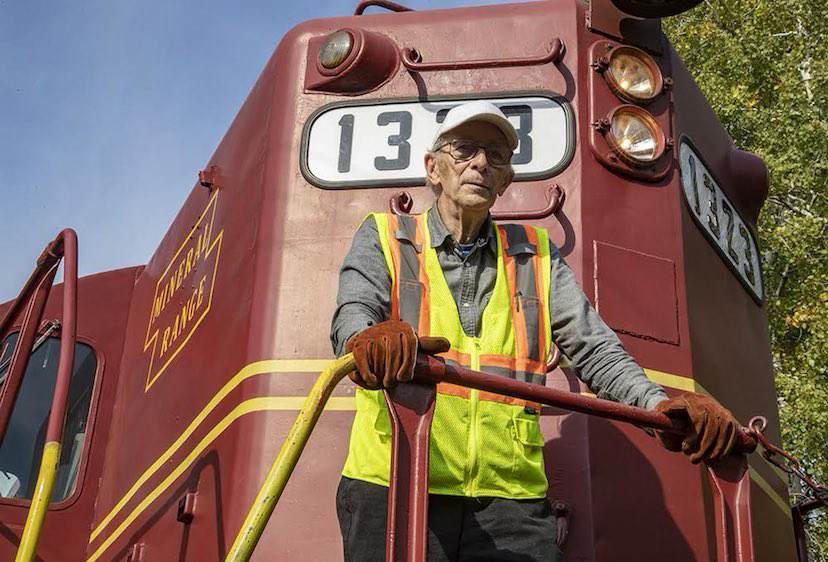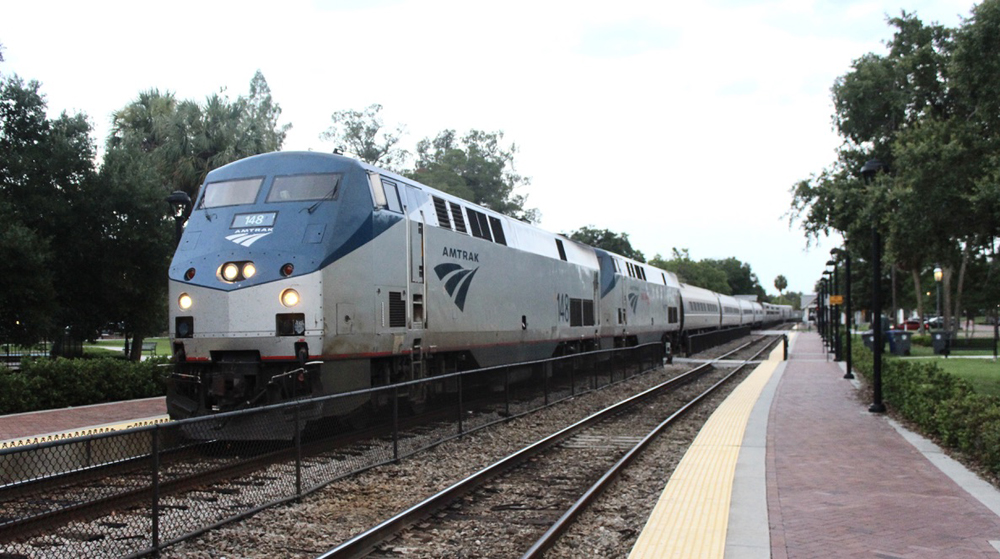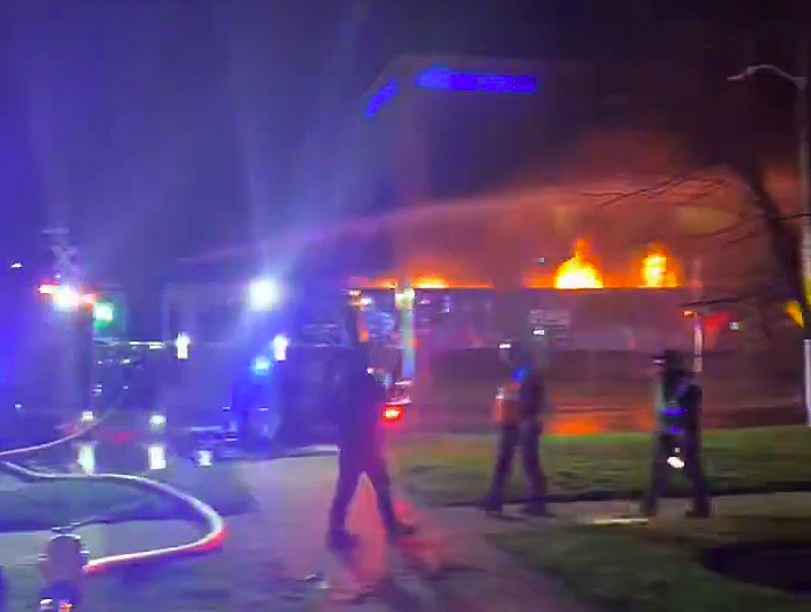FORT WORTH, Texas — BNSF Railway is recovering quickly after blasts of extreme winter weather raked the system last month.
BNSF has turned the corner on restoring fluidity to its network as volume recovers after the weather shocks, John Miller, the railroad’s group vice president of industrial products, told the Pacific Northwest Association of Rail Shippers on Wednesday.
“Velocity is coming back fast. With cycle times elongated during the weather event … we are driving hard to bring those cycle times back down,” Miller says.
Since the middle of January, BNSF saw heavy snow in Arizona and then the Pacific Northwest, record-breaking cold from the Upper Midwest through the Plains and down into Texas, followed by an avalanche in Montana, Miller notes.
“In the last several weeks we’ve doubled down one more layer of disruption, as … the massive cold event that swept across the U.S. that in fact hammered many of you, our customers, across a wide swath of this country,” Miller says.
BNSF has hardened the railroad to prepare for the impact of winter weather and is used to dealing with snowfall. The more significant problem was the widespread Arctic blast that sent temperatures down as low as minus-40 degrees, with high temperatures that did not pass the minus-15 mark, and restricted train lengths.
“Make no doubt about it: This was a very unusual event,” Miller says, noting that the railroad’s customers also were significantly affected by the cold and either slowed or suspended their operations.
The weather interrupted what has been a recovery in traffic levels in the wake of the economic disruptions caused by the pandemic.
Intermodal and agricultural shipments, which recovered quickly last year, are expected to remain strong this year, Miller says. Overall, BNSF is expecting volume to recover across most business segments this year and into 2022, he says.
Industrial products traffic, which fell sharply last year, has experienced a much slower recovery than intermodal but is now nearing pre-pandemic levels, Miller says. Much of the recovery is being driven by the strong housing market, including high demand for lumber. BNSF has staged centerbeam flatcars in the Pacific Northwest to allow shippers to take advantage of spot movements.
Energy markets — including crude, fracking sand, refined products, and coal – were all clobbered by the pandemic. Much of the demand for oil and related products is driven by mobility, Miller notes. As people return to work and travel more, demand is expected to increase this year.
The Biden administration’s cancellation of permits for the Keystone XL pipeline will have minimal impact on BNSF’s crude oil volumes over the short term, partly because the project was designed to handle Canadian crude and partly because existing pipelines are able to handle the current, lower-than-normal demand, Miller says.
Where BNSF has seen an impact, Miller says, is in reduced steel pipe shipments that supported Keystone pipeline construction.













